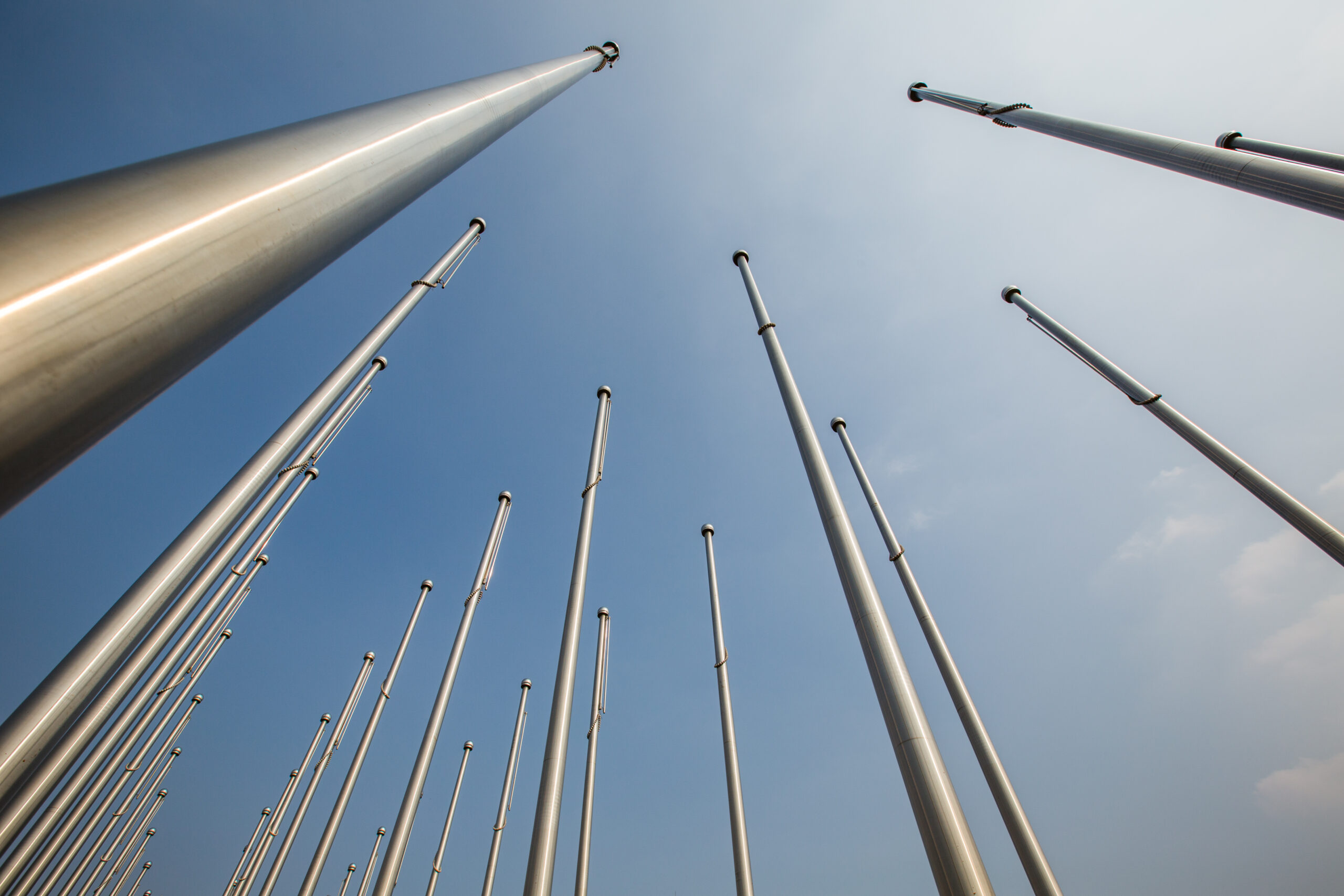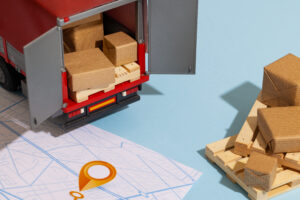As energy consumption increases, electrical grids grow more complex and utility companies find it difficult to meet future demand.
The best solution is to turn to steel poles, and several utilities are converting their entire distribution systems to them.
A study published in 2013 revealed that using steel utility poles can lower greenhouse gas emissions, reduce the burden on key energy resources, and contribute to fighting climate change.
Key factors that led to these findings include the longer lifespan of steel poles, their high recycling rates, and ease of installation.
Read this blog to learn how choosing steel poles over other alternatives can help meet future load requirements effectively.
Let’s dig in.
Benefits of Choosing Steel Poles
Around 1 million steel distribution poles have been installed since 1998 with 2.5 million wood poles replaced annually.
Here are some reasons why steel poles are becoming a favorite among utility companies.
1. Enhanced Strength and Load Capacity
Higher Load-Bearing Capability
The enhanced strength of steel poles means they can handle extra lines and power upgrades when energy consumption increases.
With renewable sources being integrated into the system, steel poles act as a future-proof material to support the upgrades without requiring overhauls to existing infrastructure.
Resistance to Environmental Stressors
Steel poles are weather-resistant and can stand against extreme weather conditions.
Unlike wooden poles that weaken over time, steel poles maintain their structure and don’t fail under pressure.
You can expect them to work and provide reliable service even under extreme weather such as fire, snow, and rain.
2. Durability and Longevity
Longer Lifespan
Steel poles usually have a reserve strength beyond which they can no longer carry a load.
They may bend slightly under extreme weather conditions, but maintain their power line integrity, saving us from calamities.
Even in coastal regions, steel poles have demonstrated a good lifespan of 50 years.
Reduced Maintenance Needs
Steel poles require fewer inspections and repairs over time.
While you have to regularly check for cracks in wooden poles, these only require occasional checking and inspection, significantly reducing your maintenance costs.
3. Cost-Effectiveness
Lower Total Cost of Ownership
There have been innovations in steel pole manufacturing over the years. Meanwhile, the cost of steel poles has become so low that they’re competitive with wood ones.
There has also been improvement in protective coating systems, reducing their overall maintenance and life expectancy.
Efficient Installations
Steel poles are easier, quicker to install, and require less labor. This is mainly because they can be pre-drilled in factories.
Steel poles are also lighter, which translates to reduced cost of construction, transportation, and handling. This helps companies prepare for future load requirements without incurring high costs.
4. Flexibility for Future Expansion
Easier Upgrades
Steel poles allow us to modify the designs rather than replace them, offering us a simpler, more cost-effective alternative to wood and concrete.
Even if you opt for new transmission lines, the overall cost will still be lower.
Customizable Designs
Steel poles can be manufactured to different heights and load capacities, allowing us to meet future load requirements more effectively while staying within the budget.
5. Environmental Considerations
Recyclability
The biggest advantage of steel poles is their recyclability.
Their high recycling rates mean they get reused multiple times. This not only cuts down our costs and reduces hazardous emissions but also balances the negative impact of deforestation.
Choosing steel over wood means we’re preserving our forests, helping to protect local habitats, and reducing strain on our energy resources while meeting our increasing load requirements.
On to You
With an increasing energy demand, there’s immense pressure on utility grids.
As more utilities are looking for alternatives, steel utility poles stand out as an ideal solution.
They keep their shape intact, withstand extreme weather conditions, and have high recycling rates.
Besides, they also help with climate change mitigation and reduce strain on natural resources making it a perfect choice for your sustainability efforts.





